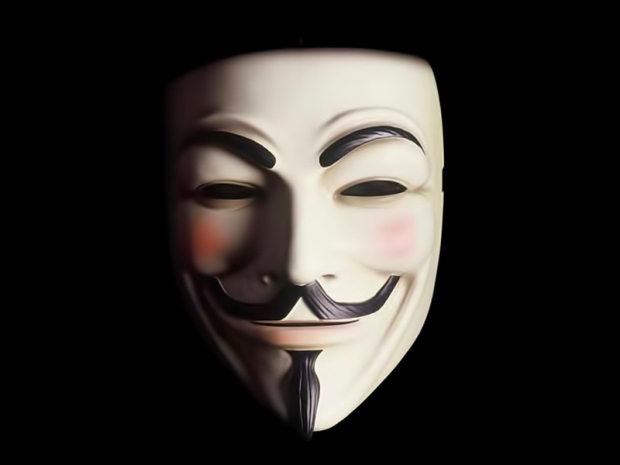In his one-man stage show, Seriously?, hip-hop artist Iain “ewok” Robinson casts a brilliant and instructive light into hip-hop culture and to its four cultural pillars of expression: Rap, Graffiti, DJing, and Breaking . One of these, graffiti , has featured prominently in the media as a result of the seven Durban graffiti artists who were arrested for painting a municipal wall, sparking a public backlash against what some claim to be sensationalist coverage of the story by some of Durban’s media.
So it was fitting that another of hip-hop’s pillars, Breaking, was brought to the fore at the opening of one Durban’s most prestigious dance platforms. It is with hip-hop’s counter-cultural spirit that this year’s JOMBA! Contemporary Dance Experience presented works by two masters of Breakdance.
French B-boys Abdou N’gom of Compaigne Stylistik and Junior Bosila Banya delivered two of the most exciting hip-hop inspired solo pieces to ever grace the JOMBA! stage. Preceded by a fiercely insightful opening speech by JOMBA! artistic director Lliane Loots, in which she invoked the revolutionary spirits of African philosopher Ngũgĩ Wa Thiong’o and hip-hop pioneer Afrika Bambaataa, one cannot help but be struck by the shrewdness of her words in an age where hip-hop dance has become massively commodified, commoditised and immortalised in reality dance shows and Hollywood dance flicks.
Breaking once meant only dancing on the floor, and Stylistik’s piece, entitled “Entre-Deux (In Between)”, co-choreographed with Compaigne Stylistik’s Clarisse Veaux, pays tribute to this fact as it begins with Ngom, dressed only in tracksuit bottoms, traversing the floor in a series of low broncos, his lithe body silhouetted against a row of floor lights lined up at the cyclorama.
The weightiness of the floor work is remarkable, as traditional break moves are slowed down and recontextualised for the stage. The bravado of street battle is stripped away and N’gom uses his moves not just to impress, but to express, exposing a much more personal narrative.
At one point he begins a writhing movement with his body, his sinewy back to the audience, and it takes a while to realise that he’s krumping, but krumping like you’ve never seen done before, because it’s all very internalised and done close to the body. His movements are as fluid as water before solidifying before your eyes into a sharp freeze.
With his hands splayed out on either side of his torso like tiny wings, he strikes a curious figure, before turning to face the audience for the first time. By this time, his constantly working body is slick with sweat, something which he uses to astounding effect later on when he begins to slap the sweat off his body and it clouds around him, rising from his body like steam.
The inspired lighting, designed by lighting artists Christophe Mangilli and Dorothée Tournour, accentuates Ngom’s sensuous performance, lighting his body in such a way as to highlight its idiosyncratic movements.
The piece climaxes with a moment that recalls another African francophone, Frantz Fanon, when after applying petroleum jelly to his face like a boxer before a fight, Ngom sits in front of a mirror, a focused light reflecting onto his face as he begins to apply a white plaster mask onto his face.
The moment is uncomfortable to watch, as the mask covers his entire face, sealing his eyes and his lips; the mask seems to be suffocating him. The mask eventually solidifies on the dancer’s face, at which point he takes it off and begins to dance with it.
The performance ends with the striking image of the mask perched upright on the stage, as the dancer walks off. In an interview Ngom admits that the mask symbolises a dual identity, the idea of being black and white at the same time, of being caught “in between” an African and European identity.
This is a commonality that Ngom’s work shares with B-boy Junior’s “Buanattitude”. Though the works are very different in presentation, Junior’s “Buanattitude” also interrogates the ideas of identity and difference.
Born in the former Zaire (now the Democratic Republic of Congo), Junior left his country of birth for France at a young age after a polio infection, which left him unable to use his right leg. After a successful breakdance career, Junior returned to Kinshasa for an artistic residency.
This story is told to the audience in a series of emotive monologues delivered by Junior. Between the monologues, in which he reveals an affable vulnerability and speaks frankly about the difficulties he’s faced as a differently-abled performer, Junior displays his masterful skill as a B-boy, combining gravity defying power moves with some rousing choreography.
Like “Entre-Deux”, “Buanattitude” is intensely physical, as physical pain and discomfort comes to symbolise mental and emotional anguish. While the pace of the work tends to plod at times, Junior’s virtuosic performance and his natural charm are always engaging.
Much has been made about the entertainment industry’s appropriation of hip-hop culture for commercial gain. The works of these two B-boys, who have reclaimed breakdance as a cultural weapon, give us all hope that street culture can still produce work that continues to push, shove and break artistic boundaries.



